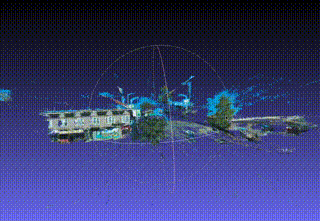The Latest Buzz
Image Annotation

What is Image Annotation
Image annotation is the process "tagging" or "labeling" images to provide meaningful information that can be used to train machine learning and computer vision models. This crucial step in artificial intelligence development involves adding metadata to images, allowing computers to recognize and interpret visual content.
Automating and Enhancing the Annotation Process
There are several computer vision (CV) algorithms suited for optimizing and scaling image annotation for autonomous vehicle , each with specific strengths and use cases:
Convolutional neural networks (CNNs)
A scalable way to understand image content and quickly detecting features from imagery.
Scale-Invariant Feature Transform (SIFT)
Feature mapping of images from stereo cameras used for obstacle avoidance in a.
Histogram of Oriented Gradients (HOG)
Detect key points and patterns by suggesting labels or drawing boxes around objects automatically.
These CV algorithms speed up the work of human annotators and help to maintain consistency across large image datasets.
Types of Image Annotations
- Bounding boxes
- Semantic Segmentation
Annotation Activities used in Autonomous Vehicle Technology
Map annotation: Defining building boundaries, correcting addresses, marking one way streets.
Semantic Segmentation: Can be used to filter out objects like cars, sky or buildings to improve the positional accuracy of map objects for developing map features.
Implementation Options
Do it in-house
Enables control, but is labor intensive and time-consuming. This option excels at handling sensitive data.
Hire an image annotation service
Offers a balance of quality and scalability. Ideal for projects requiring consistent, high-quality results.
Crowdsource your image annotation workload
Leveraging a diverse workforce is the most scalable and cost-effective option, but it may come with inconsistencies in quality and less control over the process. Crowdsourcing works well on large-scale, simple annotation projects where speed and cost-efficiency are top priorities.
Ultimately, the choice depends on the size of your project, your budget, and level of data sensitivity.
Share Post


